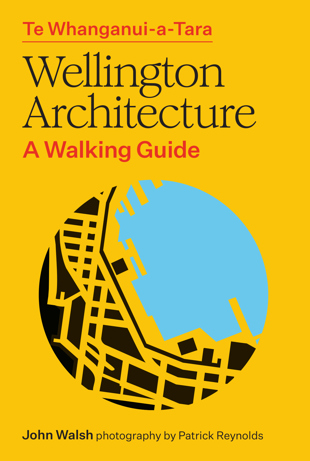John Walsh, author of Wellington Architecture: A Walking Guide with photographer Patrick Reynolds, has written about the city’ ‘treasure trove’ of buildings in a new article for Stuff.
‘Wellington harbour–Te Whanganui-a-Tara is one of New Zealand’s great building sites and one of the country’s outstanding architectural routes.
Several Māori settlements – Pipitea marae and Kumutoto and Te Aro kāinga – occupied the southwestern reach of the harbour when British colonists arrived there in 1840 and started to assemble their rudimentary shelters and storehouses.
A decade later, the colonists were already running out of flat land around the area they called Lambton Harbour. Reclamation was the obvious solution, and over the next 130 years Wellington expanded its urban footprint and, crucially, its port, by nibbling away at the sea.
More recently, as the port contracted, it ceded surplus land for commercial and residential development and leisure use. As a result, Wellington, unlike other New Zealand big cities, now has a waterfront extensively accessible to everyone. It’s not just the harbour that’s open to view – a century and a half of Wellington maritime architecture is also on show.’
Read the full article here.


